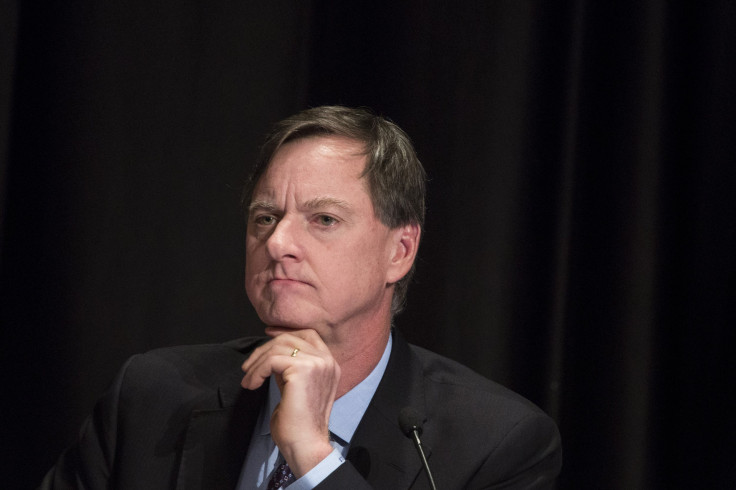Will Federal Reserve Raise Interest Rates? Maybe 3 Times In Next Year

Chicago Fed President Charles Evans said Monday interest rates could go up three times next year but need to be tied to inflation while his St. Louis counterpart, James Bullard, advised a 25-basis-point increase to boost the rate of return on safe assets.
The Federal Open Markets Committee meets next Nov. 1-2 to consider interest rates but is not expected to act with Election Day just a few days later. The next opportunity would be December 13-14 — one year after the last interest rate hike. Rates were supposed to increase several times during 2016 but the FOMC held off because of disappointing economic reports.
Evans, in a speech to the University Club of Chicago, laid out the case for as many as three interest rate hikes in the next year to assuming a “commitment to achieving the inflation target sustainably, symmetrically and sooner rather than later.”
The Fed has said it wants to see inflation at 2 percent but the personal consumption expenditures price index has consistently been running less than that. The September consumer price index rose just 0.3 percent for a 12-month rate of 1.5 percent.
Evans said inflation is likely to rise as energy prices and the dollar stabilize, and the labor market tightens.
Evans, who does not vote on interest rates this year, is considered a dove on the issue. He pushed for a zero interest rate during the financial crisis until unemployment fell to less than 6.5 percent. He noted Monday wage growth has been sluggish despite the drop in September unemployment to 5 percent, considered full employment.
Bullard, in a speech to the Association for University Business and Economic Research in Fayetteville, Arkansas, said he expects interest rates to remain low for the next two to three years.
Bullard recommended interest rates be raised a quarter point to boost the return on safe assets.
“Real rates of return on safe assets have been declining relative to the real return on capital in the U.S. for several decades,” he said, blaming a low-productivity-growth regime and a high-liquidity-premium regime in which investors are willing to pay a premium for such safe assets as government debt.
“Real safe rates of return are exceptionally low at present and are not expected to rise soon,” Bullard said. “This means, in turn, that the policy rate should be expected to remain exceptionally low over the forecast horizon.”
© Copyright IBTimes 2025. All rights reserved.






















